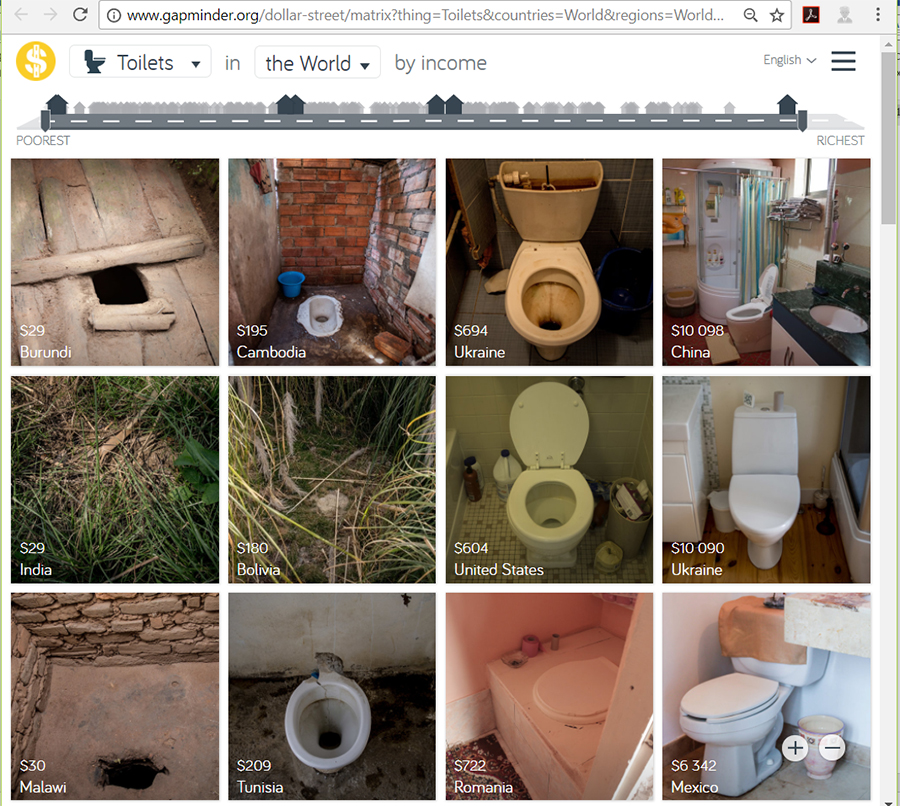A phobia is an irrational fear of something. We all suffer from phobias of some kind. My worst phobia is arachnophobia, which is one of the reasons I love living in the (almost) safe haven of La Paz. Instead of trying to confront and overcome my irrational fear, I chose to run away. If I hadn’t found La Paz, I would probably be working as a scientist in Antarctica (which still sounds like a very attractive option to me).
So, although some of my friends consider me excessively rational, I can understand and empathise with people who suffer from irrational fears. Our brains are far from being rational, and are still dominated by emotions that were useful during our evolution over the last several hundred thousand years.
One of those emotions that were useful in our evolutionary past is xenophobia: a deep-rooted fear of foreigners. For most of our evolutionary history, it is quite likely that strangers were very bad news indeed, so this instinct made a lot of sense.
The xenophobia instinct is still very much with us, but it makes little sense anymore in this globalized, integrated, and relatively civilized world. Most foreigners you might meet probably want to work for you, trade with you, or help you in some other ways. Less than one in a million is out to kill you. Your benefit from interacting with foreigners outweigh the risks many thousand times. So it is indeed an irrational fear now.
Anna Rosling (photographer; co-founder of Gapminder; one of Bill Gates’ Heroes in the Field; and daughter-in-law of my biggest hero ever) has made a really nice attempt to alleviate our irrational fear of foreigners, in a safe and comfortable way, with her Dollar Street project. The project visited 264 families in 50 countries and collected 30,000 photos in order to show us normal life for normal families in many different dimension of ordinary life. This, of course, is in sharp contrast to the regular news we receive, which always show us the extremes, and thus give us a completely distorted image of the world. Her point is that people from other countries and cultures are not nearly as strange as they seem to us in the news.
The photos from Dollar Street are cleverly organized as big data, which allows you to explore every aspect of daily life, and how it varies by income level. So, for example, at a glance, and from the safety of your home or office, you can see how beds, floors and toilets vary from the poorest households to the richest across the world. You can also see the most loved item of each family (often a cell-phone, no matter what the income level, but in Bolivia, apparently we love money most). You can see photos of the families, their houses, their streets, the locks on their front door, their pets, their trash bins, their toothbrushes, and much, much more (135 different categories in total).
Figure 1: A sample of toilets from the Dollar Street data base, ordered by income level from left to right.

In the TED talks below, Anna Rosling explains the thinking behind the project. Like everything GapMinder does, it is about helping us obtain a more accurate and nuanced world view, but this time through vivid photos rather than dry statistics. It is a brilliant idea, really, and it must have been so much fun to work on it! I wish I could come up with a project idea like that. The programming behind Dollar Street is also really neat.
Enjoy exploring! It is like a free trip around the world, with no carbon emissions, no need for vaccinations, no need to learn a dozen new languages, and no need to take several years off from work.
* Senior Researcher at INESAD. The viewpoints expressed in this blog are the responsibility of the author and may not reflect the viewpoints of all members of Fundación INESAD.
 Development Roast Giving international development a proper roasting
Development Roast Giving international development a proper roasting




